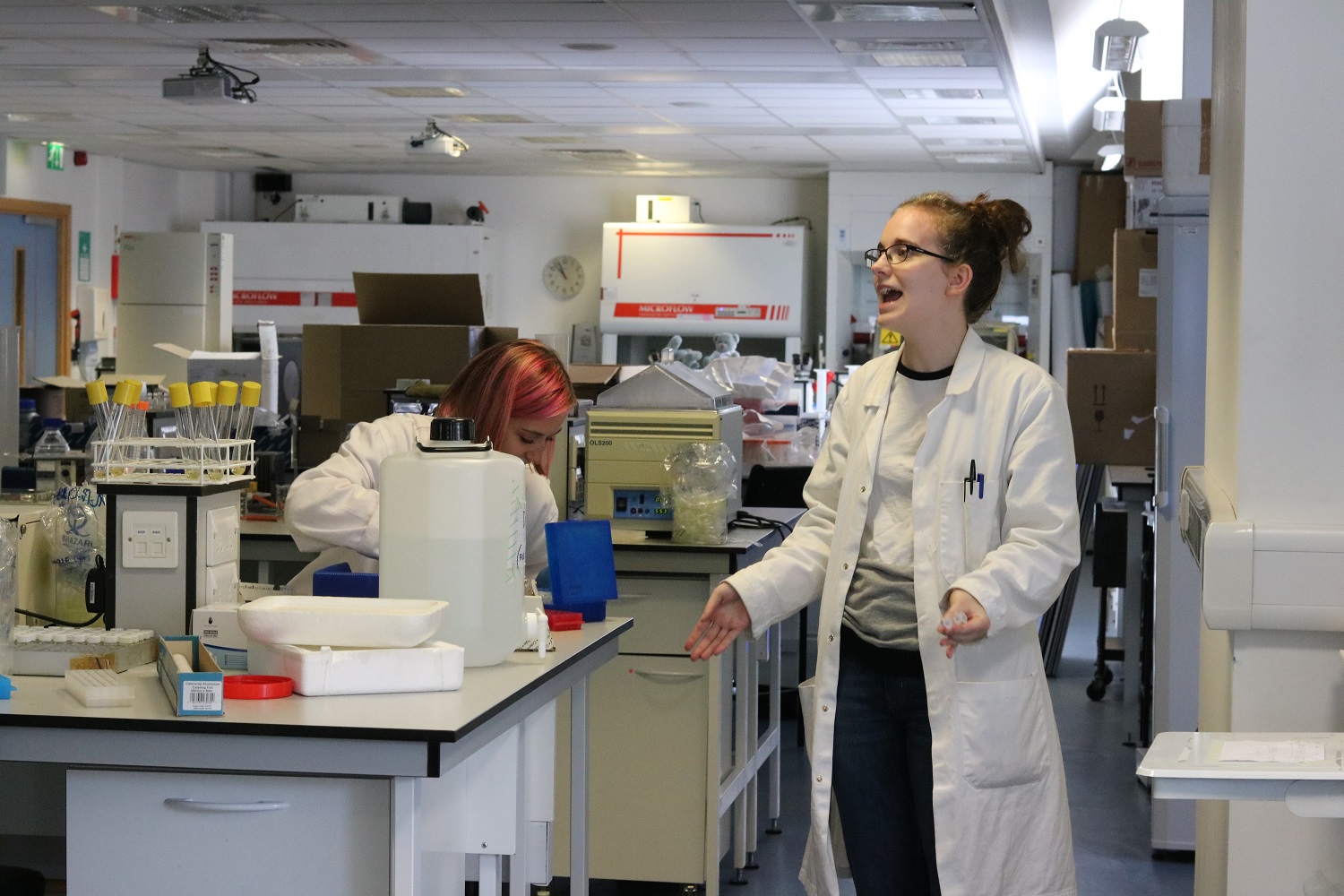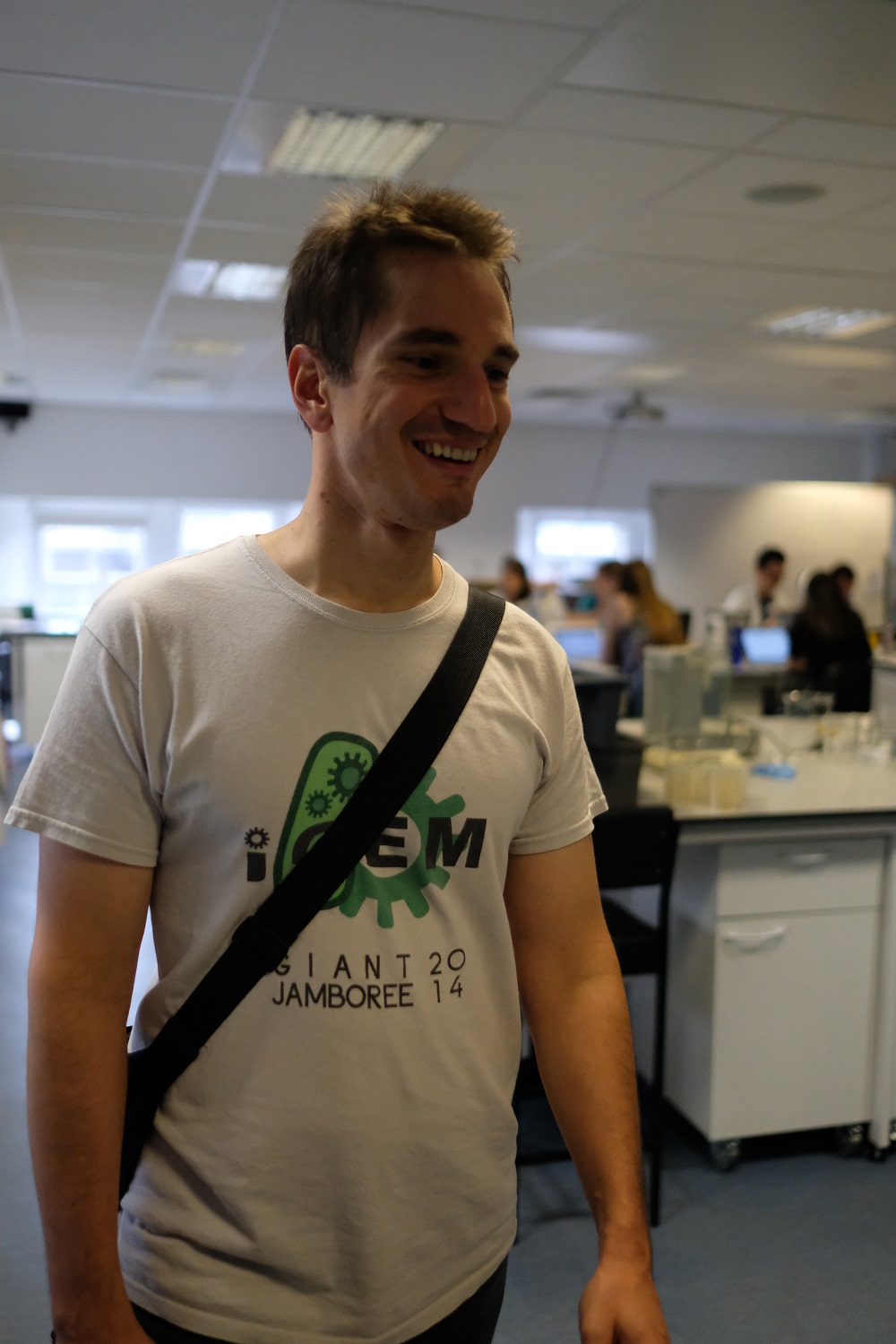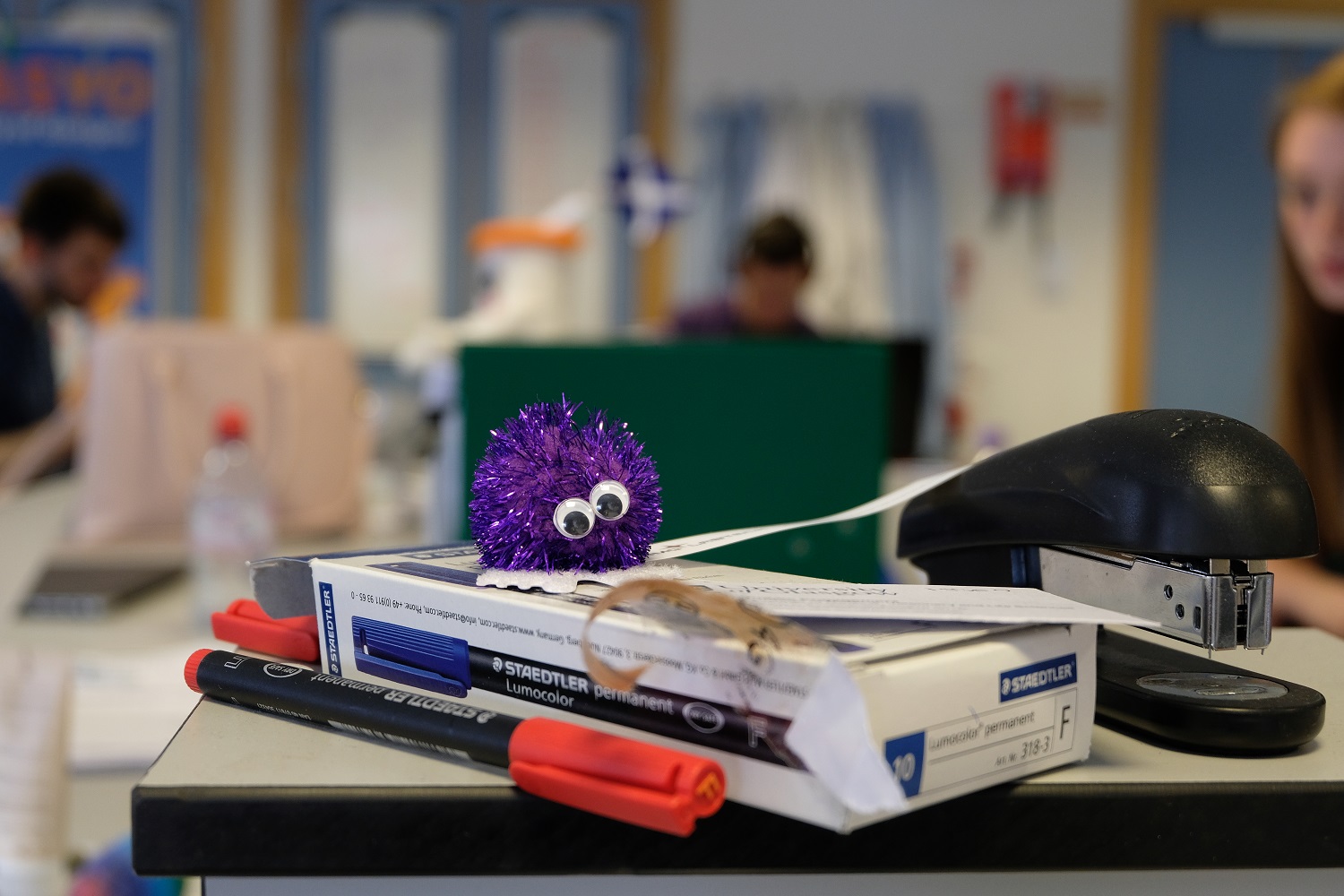Contents
Overview
Lorem ipsum dolor sit amet, consectetur adipiscing elit. Donec euismod massa non velit commodo, id sollicitudin justo vehicula. Phasellus vitae mollis ex. Mauris tempus odio vel eros bibendum rhoncus. Donec eget sem orci. In fermentum imperdiet tellus eu porta. Vestibulum dapibus metus faucibus ipsum semper congue. Cras ut ultricies est. Nunc quis dui congue, interdum erat quis, elementum elit. Nunc a convallis augue, ut aliquam lacus. Nulla quis neque ut diam lacinia venenatis.[1]
Duis ultricies in leo quis efficitur. In iaculis eros id auctor ullamcorper. Praesent quis massa scelerisque velit sollicitudin malesuada non id diam. Quisque sollicitudin aliquam gravida. Aliquam tempus at velit at vehicula. Aenean tristique ante vel tempor convallis. Sed ac porta nunc. Aliquam non justo elit. Curabitur tortor dui, lacinia in nibh sed, lobortis mollis mi. Ut ut auctor mauris, at tempor metus. Quisque sed enim eget est viverra commodo vitae in metus. Etiam pellentesque neque in est malesuada pulvinar. Morbi non augue bibendum, dapibus dui quis, varius ante. Nulla sed molestie justo. Etiam varius convallis sodales.[2]
Pellentesque volutpat elit a felis commodo, at bibendum ligula volutpat. Suspendisse laoreet enim nec orci iaculis vulputate ac nec erat. Donec euismod turpis in sem varius suscipit. Aenean fringilla nisl vel purus tempor, non imperdiet ex finibus. Vestibulum diam sem, cursus eu congue non, tristique id nibh. Quisque sed efficitur ante. Donec at dignissim turpis, iaculis cursus turpis. Sed non volutpat nunc. Ut iaculis erat quam, eu condimentum sapien feugiat a. Donec malesuada vel risus mollis molestie. Praesent hendrerit lectus ac mattis lacinia. Donec maximus sapien et ultrices auctor. In ut mollis lorem. Nulla laoreet enim nec felis maximus, vitae dignissim augue tincidunt. Phasellus suscipit est quam, eu consectetur nunc scelerisque eget. [3]
Aims
- Aim 1
- Sub-aim 1
- Sub-aim 2
- Aim 2
- Sub-aim 1
- Sub-aim 2
Materials and Methods
Condition set up
- Media (control): 20ml M17L + 80µl 50mM PBS
- Media + casein: 20ml M17L + 80µl 50mM PBS + 0.26% casein (final concentration of casein = 0.0026%)
The media M17 is commonly used for growing S. thermophilus, we used a variant with added lactose as indicated by L. The concentration of lactose in this case was 5gL-1. The stock of M17 used was kindly sent from the lab of Pascal Hols and details were provided by Maud Flechard.
Sample preparation
- We prepared a overnight culture of S. thermophilus incubated at 37 degrees Celsius in 20ml of M17L media
- From the overnight culture, 10 aliquots were extracted and pipetted into 1.5ml Eppendorf tubes
- Tubes were centrifugated for 1 minute at 8000rpm at room temperature and supernatant was discarded
- Each pellet was resuspended in 1ml PBS
- Tubes were centrifugated for 1 minute at 8000rpm at room temperature and supernatant was discarded
- Each pellet was resuspended in 1ml PBS again
- Following these steps, the cells were washed and overnight media had been removed
- 1ml of washed cells was added to 19ml of fresh condition media for the expression stage
These steps were repeated five times for each media condition, ending up with five 20ml cultures of S. thermophilus growing in M17L/Casein; and five cultures of S. thermophilus growing in M17L. Essentially, five replicates were set up for each condition and the S. thermophilus cultures were exposed to each condition for a duration of 3 hours and 15 minutes, during which time optical density was checked at regular intervals (Table 1). Incubation temperature was kept at 37 degrees Celsius throughout. Upon completion of the incubation, each 1ml of sample was split into two tubes, yielding two replicates for each sample.
We then followed the Qiagen RNAprotect protocol. This stalls cell growth, and inhibits the action of cellular RNAses to protect against RNA degradation. Consequently, we extracted RNA using the Qiagen RNeasy kit designed for use with bacteria. Specifically, we followed the enzymatic lysis protocol which, for S. thermophilus, involved using 30mg/ml of lysozyme lysis in an Eppendorf ThermoMixer desktop shaker. We shook the samples for 30 minutes at 1000rpm at 37 degrees Celsius. We removed residual genomic DNA by performing the optional stage of on-column DNAse digestion. For the final elution step of the protocol, the RNA was spun twice with 30μl Nuclease-free water to maximise yield. This resulted in 60μl for each of the samples. The two replicates of each sample were then combined into a single tube – so the final samples were 120μl x 10. In order to send adequate samples to Glasgow Polyomics, we assessed our RNA quality. Initially we checked RNA on a “Bleach gel” – an agarose gel that protects against RNA degradation [4]. To make a 70ml 1.2% agarose gel, we added 1.4ml of additive-free 1.5% hypochlorite bleach to the melted agarose. We loaded 2μl of each RNA sample, 3.3μl of NEB 6x purple loading dye and 14.7μl RNAse free water. In total this equated to a 20μl loading solution. An Invitrogen 1kb+ DNA ladder was loaded in the first wells as a reference. Electrophoresis was performed at 70V for 40 minutes. The gel was then post-stained with Ethidium bromide and imaged on a Bio-rad Gel Doc (Figure 1).
The gel picture shows a well-defined RNA profile for all 10 samples (tRNAs at the very bottom, 16s and 23s rRNAs at correct ratios, no genomic DNA stuck at the top of the wells), with no visible degradation.
We then quantified each sample to ensure we were sending adequate concentrations of RNA (Table 2). The 10 RNA samples were quantified at A260 in a spectrophotometer. Samples were diluted 1/50 (8μl into 392μl RNase free water, for 400μl quartz cuvette).
Satisfactory replicates were sent to Glasgow Polyomics for processing.
Results and Discussion
Bioinformatic analysis of our results revealed that we had uncovered 24 differentially expressed genes, 11 of which were upregulated in the presence of casein (Table 3). In terms of gene function, we expected to see links to protein degradation. Based on the upregulated genes observed, we suspect that we may have missed the window for isolating these transcripts, as the upregulation here seems to be related to amino acid transportation rather than the degradation of proteins.
Upon analysis of the differentially expressed transcripts, we observed that the most upregulated variant had a 0.419 log2 fold change i.e. just under 1.5x the expression relative to the control (Figure 2). We concluded that the lack of distinct disparity in expression deems this set of genes unsuitable with regards to our SIM device. To switch the SIM device on, we would need to find a promoter common to genes that are highly expressed in milk. No set of genes in this experiment jumps out and so we would need to investigate expression patterns in milk further.
Outlook
Had we the time and funding, we would have liked to have repeated these experiments in slightly different conditions. We would have decreased the time interval of exposure, changed the media so that there were fewer confounding variables e.g. trying to reduce amino acid presence in the base media as far as possible, and performed more detailed growth curve analyses prior to sending our samples.
References
- ↑ Kiliç, A. O., Pavlova, S. I., Ma, W. G. & Tao, L. 1996. Analysis of Lactobacillus phages and bacteriocins in American dairy products and characterization of a phage isolated from yogurt. Appl Environ Microbiol, 62, 2111-6.
- ↑ Bates, A.D., and Maxwell, A. (2005). DNA Topology (Oxford Biosciences).
- ↑ Colloms, S.D., McCulloch, R., Grant, K., Neilson, L., and Sherratt, D.J. (1996). Xer-mediated site-specific recombination in vitro. EMBO J. 15, 1172–1181.
- ↑ Aranda, P. S., Lajoie, D. M. & Jorcyk, C. L. 2012. Bleach gel: a simple agarose gel for analyzing RNA quality. Electrophoresis, 33, 366-9





